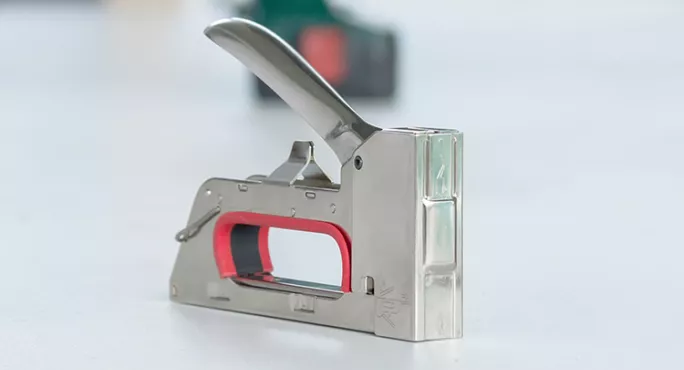I believe that a learning environment contributes hugely to behaviour.
No matter how big or small your space, you have the ability to demonstrate that you care about your environment.
And when you do, you are making a huge statement about what you stand for as a teacher and you are taking the first step in managing the behaviour of those in front of you.
Quick read: Should we use humour to manage behaviour?
Quick listen: Doug Lemov on routines for learning
Want more articles like this? Join our Tes Teaching and Learning Facebook group
I have been in learning environments where it is abundantly clear that the person who is in it doesn’t really care. It might be stale, irrelevant posters on the wall, or old textbooks lying around on windowsills in prominent positions, or just a general lack of attention to how the room looks or feels.
I have also been in overly eager classrooms where they have downloaded every poster and have every new concept and gadget around the room and you cannot see the wall for the fog of information.
Getting the balance right
Finding a happy medium is critical. It starts with general tidiness and deciding what is needed in your learning space.
Let me be clear: I’m not saying we should Marie Kondo all of our spaces, but cluttered classrooms can be hugely distracting, and if your resource doesn’t “bring joy” to your teaching, is there any point of it being there?
So what should we do?
Keep it manageable
Displays don’t have to be all singing and dancing - we’re not trying to dazzle them.
But the first place that your pupils’ eyes will wander if they are beginning to become disengaged is to your wall. If they are greeted by a blank space, you may be sending the message that you’re not that bothered about the topic - so why should they be?
And if they are greeted by irrelevant, or tired old material, then is that really suggesting to the pupils that this is a space to be valued?
While you may not have the time to put up a new display every week, this is something that can be built in to the routine of every term. You can also have areas that can be interchanged more regularly and by the pupils, so they can take ownership.
Examples include an ever-changing hangman on keywords in science, a sudoku puzzle on a whiteboard that anyone can attempt in maths, the score of the latest number one with a xylophone underneath in music. All these need to have routines of when they are allowed to be used.
Let the pupils take charge
Then appoint display monitors: give your most challenging pupil the task of maintaining their class’s learning space. You would be surprised to see how protective they can become, and in turn engaged in the lesson.
Another useful addition is visible random selectors: help everyone contribute to lessons by having visible selectors, whether it is a wheel of class names or lollipop sticks, having them visible makes the pupils know they can be called on at anytime, so need to be engaged.
And if you don’t have a room of your own?
Travel with some items that are relevant to you and your lesson, so pupils get a sense of your style of learning environment.
In my case, I used to travel with a wooden basketball table game (that would prove a good tool for engagement and reward), a dragons den mug and whatever promotional item from the computer game of the moment, next to an old game cube controller. I would use these items to create a mini table top display board.
The little things really do matter.
Nikki Cunningham-Smith is assistant headteacher and centre lead of a PRU





